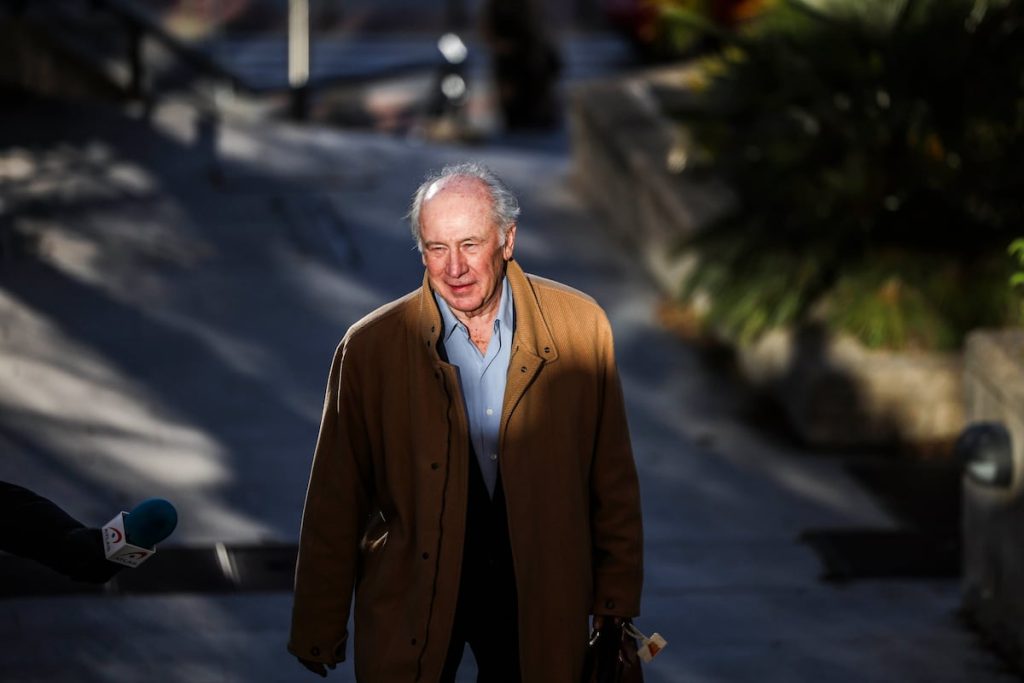Five months after the oral trial against Rodrigo Rato for the alleged illicit origin of his fortune began, only the judgment of the judges remains to be known. The trial concluded on Friday after 56 sessions, with the president of the court, Ángela Acevedo, informing all parties that they now have to wait for the verdict. Rato, a former director of the International Monetary Fund (IMF) and vice president in the government of José María Aznar, faces a request from the Anticorruption Prosecutor’s Office for 63 years in prison for 11 tax offenses, money laundering, and corruption among individuals. Many questions remain to be answered, including whether he will return to prison.
Rato was released from prison in October 2020 after serving two years of a four-and-a-half-year sentence for the case of the “tarjetas black” scandal involving Caja Madrid and Bankia. The possibility of returning to prison has been hanging over him since then, and especially during this latest trial. If found guilty, the requested 63-year sentence could lead to his potential return to prison. However, if Rato appeals the judgment all the way to the Supreme Court, he could avoid immediate imprisonment as the sentence would not be final until the highest court rules. But if a high sentence is imposed, the situation could become more complicated, as seen in other corruption cases where imprisonment was ordered promptly to prevent flight risk.
The trial began with preliminary issues raised by the defense, questioning the legality of the searches and seizures carried out during the investigation. The defense, particularly Rato’s lawyers, argued for the nullification of these actions, questioning the legality of the evidence that supports the whole case. The court will have to address this issue in the final judgment, as it postponed its evaluation until then. Additionally, the judges will have to analyze the expert reports presented during the lengthy trial that has spanned five months. These reports play a crucial role in cases involving tax offenses and can influence the final outcome significantly.
The origin of the suspicious wealth is at the center of the process, with Rato vehemently denying the prosecution’s allegations and claiming that all the funds are clean. He explained that part of the funds comes from his father’s inheritance in Switzerland. Another portion is related to two bank accounts he opened in the United States during his tenure as IMF managing director between 2004 and 2007. The money received from consultancy work for companies like Lazard, Criteria Caixa, and Telefónica, as well as speaking engagements upon his return to Spain, was funneled through Kradonara, the company at the heart of the case, to reduce taxes, according to the prosecution.
The judges will need to delve into the dimension of the alleged scheme, determining if anyone else was involved in hiding Rato’s fortune and in the alleged maneuvers to secure contracts at Bankia in exchange for commissions. The prosecution points to individuals like Domingo Plazas, described as Rato’s tax advisor, and Teresa Arellano, his longtime secretary, as well as José Manuel Fernández Norniella, who was a trusted aide during his time in the government and the financial institution. The court will have to assess the extent to which Rato’s circle of trust was involved in the alleged illicit activities.


